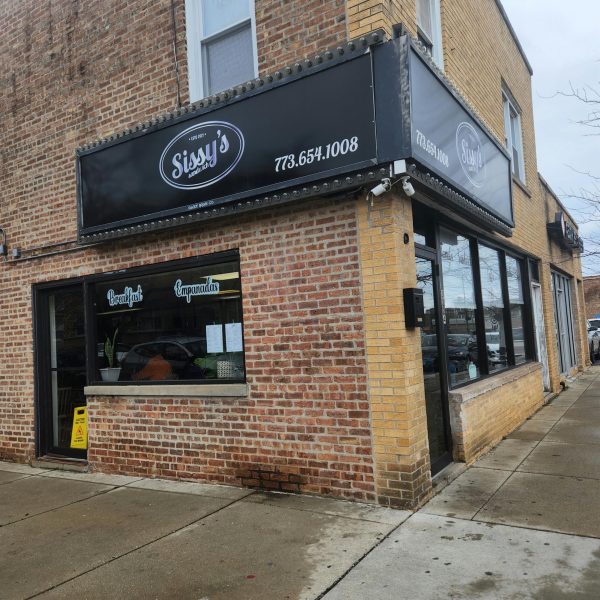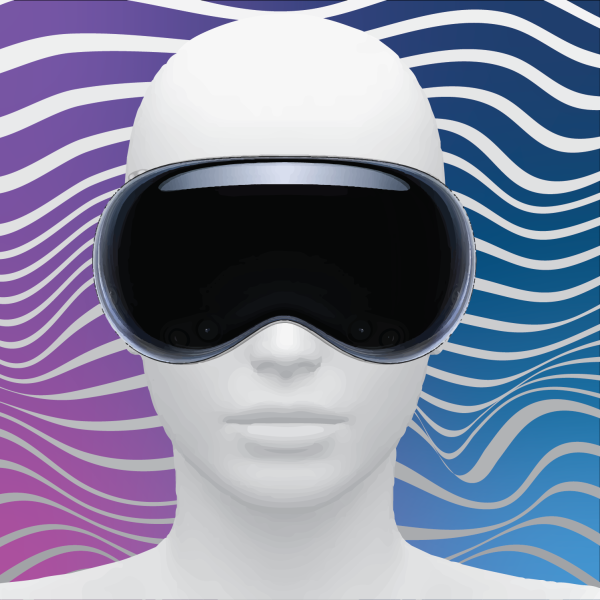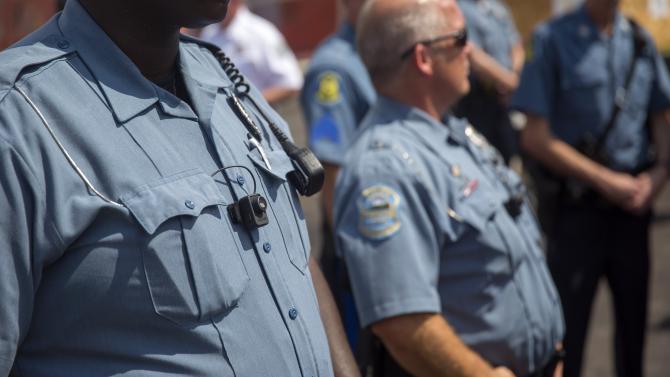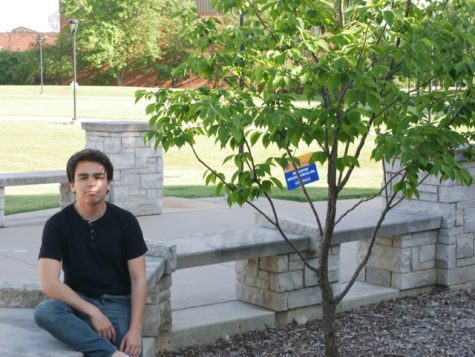Where Video Speaks Honestly
Photo courtesy of Twitter via The Root
Police officers wear body cameras as part of their uniform per request of their department.
When is a verbal testimony from a police officer and detainee ever enough?
Though dashboard and surveillance cameras (visual recording from an uninvolved party) have become tools in the fight for righteous police reporting, body cameras for police officers take a new role in the reduction of violence.
With body cameras, police officers are under the watchful eye of their superiors, and the public, judged meticulously by their actions, and pressured to play it safe with vehicle stops and detainments. In every recorded moment the officer interacts with a pedestrian, both parties’ actions are subject to review and assessment of the officer’s approach.
In 2012, research from the Rialto Police Department in California found a decrease of 60 percent in force used by 27 of 54 officers. The officers who refused the body camera were found to use force twice more often than those with the camera.
In addition, body cameras offer a subjective angle for controversial cases such as the detainment and death of Sandra Bland on July 10.
Bland, a 28-year-old African American woman from Chicago, was arrested in Texas after a routine stop for failing to signal a turn when she changed lanes. After a conversation from Texas Trooper, Brian Encinia, and Bland, the stop escalated into Encinia forcefully removing Bland from her vehicle in order to arrest her. Bland was found dead in her jail cell three days later, from an alleged suicide.
While a dashboard camera from the officer’s car and footage from a pedestrian’s camera displayed enough material to judge the force in the situation, the officer had no possession of the body camera during the time of the arrest.
Body cameras should be allowed in the police service to permit for reliable evidence in investigations, as well as improve treatment to citizens. However, in respect to the privacy of the police officers, the cameras would have to be optional for deployment in the field.
Body cameras are being implemented gradually in national police departments, and officers are still given the option to disable recording during their activities. Should they choose to do so, they are then required to provide reasoning for turning off their camera. The recording of each situation can become an advantage for the officer as well, providing an infallible proof of record for officers obeying legal procedure during encounters with civilians.
According to “Implementing a Body-Worn Camera Program”, a publication released by the Police Executive Research Forum, the body camera can be disadvantageous in the discretion of both the officer and the civilian subject. It could cause tension in further investigation, such as the endangerment of either one’s life or privacy.
In the same publication, it is addressed that “officer discretion is needed for routine and casual situations—such as officers on foot or bike patrol who wish to chat with neighborhood residents—and turning on a video camera could make the encounter seem officious and off-putting.” For casual encounters with civilians, members of the police believe the use of the camera can be off-putting or concerning for the subject in question.
A mandatory implementation of the body-worn camera program may be difficult to implement immediately, considering the social uneasiness in surveillance and the liabilities of the officer and the subject(s). However, surveillance in all parts can make for an honest view in the actions of the law, and it can enforce honesty and protection of the righteous parties. Body cams are a positive change that, in the right hands and moments, can save the officer’s and people’s lives.







